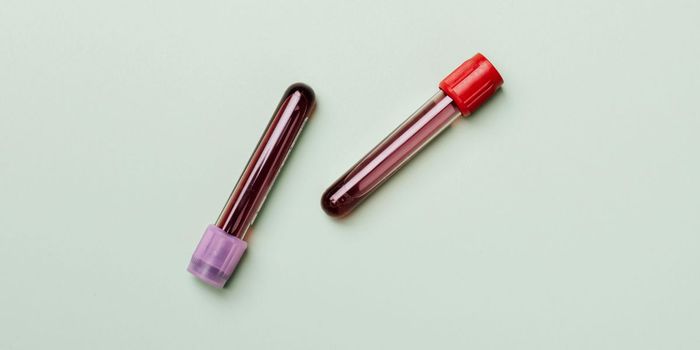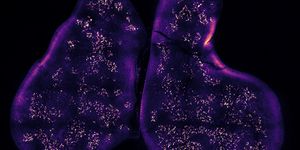Processing Sad Emotions
A study published in Communications Biology focused on the neural mechanisms of the pons-corticolimbic network, with specific attention to the role the pons plays in perpetuating sad mood in depression. The study found that the amygdala-pons connectivity in the pons-corticolimbic network was notably stronger in patients with major depressive disorder (MDD) than in control group participants. The amygdala-pons connectivity strength correlated with more pronounced depressive symptoms.
Recent clinical and research evidence has suggested that the pons plays a role in emotional reactivity and processing affective information. The pons is located near the bottom of the skull and part of the brainstem. Hyperactive amygdala-pons connectivity is an indicator of depression, so amygdala-pons connectivity strength is helpful in assessing the severity of depression.
The team first conducted a high-resolution 7 Tesla functional Magnetic Resonance Imaging (MRI) study with 41 healthy individuals aged 19 to 31 years. This step was to confirm the pons and other neural correlates were involved in affective processing. A second functional MRI study was conducted on 49 clinical participants with MDD and 39 healthy controls to observe connectivity differences.
The team observed that the pons interacts with the amygdala to perform signal exchanges after processing sad affective information. Research lead Dr. Tatia Lee explains that “The hyperactive amygdala-pons connectivity may relate to the psychological symptoms commonly seen in people with depression, such as lacking interest and motivation, low self-esteem, and social withdrawal.” The findings provide useful insights for guiding future MMD research and treatment.
Depression affects over 275 million people globally. People with severe and chronic stress lose connectivity between nerve cells and communication becomes less efficient at regulating mood. This loss of synaptic connections contributes to the neurobiology of depression. Neuronal atrophy can be minimized, and connections restored with the right interventions.
The researchers also found overlapping neural networks are involved in processing sad and fearful information. This characteristic might explain the high occurrence of individuals having both depression and anxiety disorders.
Sources:
Communications Biology, Eureka News Alert








